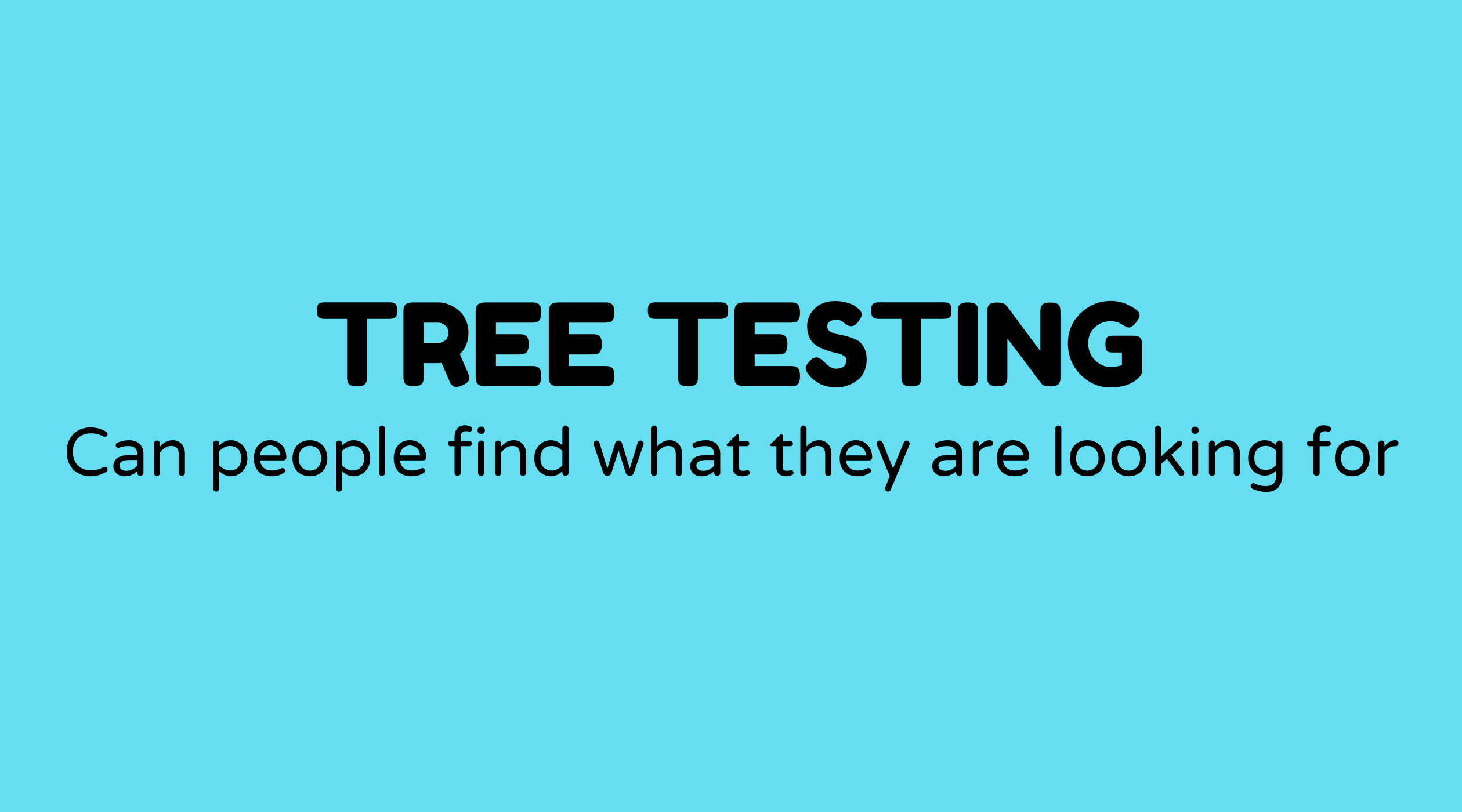Tree Testing

Overview of Tree Testing:
Tree testing, often referred to as reverse card sorting, is a vital method in user experience (UX) design. It assesses the findability of topics on a website or app by evaluating the site structure before any design work begins. The beauty of tree testing lies in its straightforwardness—it can greatly enhance how users interact with your site.
Why Tree Testing Matters:
Have you ever clicked around a website, struggling to find what you need? Frustrating, right? That’s where tree testing comes in. It aids businesses in creating intuitive website structures that guide users smoothly toward their objectives. By providing insights into how users naturally categorize information, tree testing helps avoid navigational challenges. Think of it as a guiding system for your website, directing users precisely where they want to go.
What is Tree Testing:
Essentially, tree testing consists of presenting users with a simplified version of your website's navigation structure, or "tree." Users are assigned tasks, and your role is to observe how easily they can find what they seek within this framework. Unlike real website navigation, this simplified version includes only labels—design elements are excluded. This allows you to understand how users logically process and traverse different categories without the distraction of visual design.
How to Conduct Tree Testing:
Initiating a tree test is straightforward. Start by constructing your website’s "tree" or outline on a tree testing tool. These trees illustrate your site's potential menu paths. Next, engage your audience to test the tree by presenting them with various tasks to accomplish within the framework. As users navigate to find the answers, you gather valuable data on their experiences, whether they encounter ease or difficulty. Finally, evaluate this data to refine your site's structure based on user input.
Sample Agenda for Tree Testing:
If you’re organizing a tree testing workshop, having a clear agenda is crucial. Here’s a suggested outline:
- Introduction to Tree Testing: Overview and importance (10 mins)
- Creating the Tree: Structuring the tree (20 mins)
- Hands-on Tree Setup: Interactive tool setup (30 mins)
- Conducting the Test: Assigning user tasks (20 mins)
- Data Analysis: Interpreting results (20 mins)
- Discussion: Group insights and feedback (20 mins)
- Q&A: Final questions and closure (10 mins)
Examples of Tree Testing:
Organizations of all sizes utilize tree testing. A retail business may assess how its online inventory is categorized—Is it simpler to locate "shoes" in "apparel" or "footwear"? A government website may strive to ensure that citizens can swiftly find essential services without wading through layers of complexity.
FAQs
How long does a typical tree test take?
Most tree tests last between 15-30 minutes per participant, depending on the tasks assigned and the complexity of the tree.
Can I use tree testing for apps as well?
Definitely! While primarily applied to websites, tree testing is equally useful for app navigation design.
What’s the difference between tree testing and card sorting?
Both methods assist in informing site structure but differ in execution. Card sorting involves users grouping content, while tree testing assesses an established hierarchy.
Do I need specific software for tree testing?
There are several online tools like Optimal Workshop or Treejack tailored for tree testing, making setup and data analysis much easier.
How many participants do I need for effective tree testing?
Aim for 15-20 participants to gather a range of insights and achieve statistically relevant results.
Why is tree testing done before design?
Conducting tree testing prior to design helps ensure that the foundational site structure is user-friendly, saving time and resources on necessary changes post-design.



